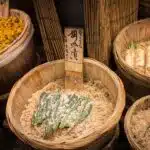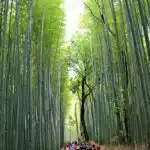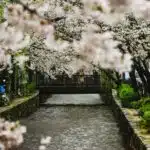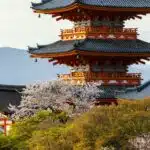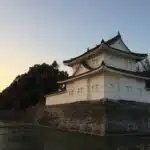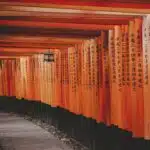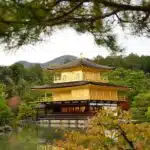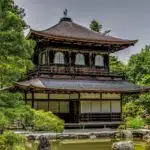Ryoan-ji, located in northwestern Kyoto, is one of Japan’s most famous Zen temples, celebrated for its serene and minimalist rock garden. A UNESCO World Heritage Site, Ryoan-ji epitomizes the Zen aesthetic of simplicity and tranquility, attracting visitors seeking reflection and calm. The temple was originally an aristocratic estate before being converted into a Zen temple in 1450.
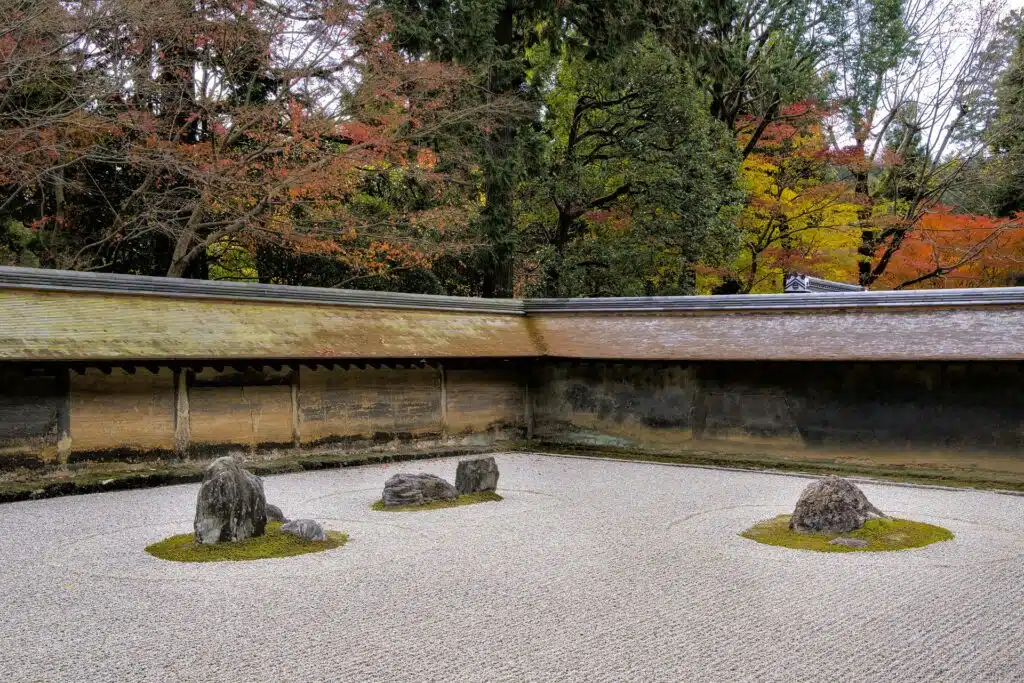
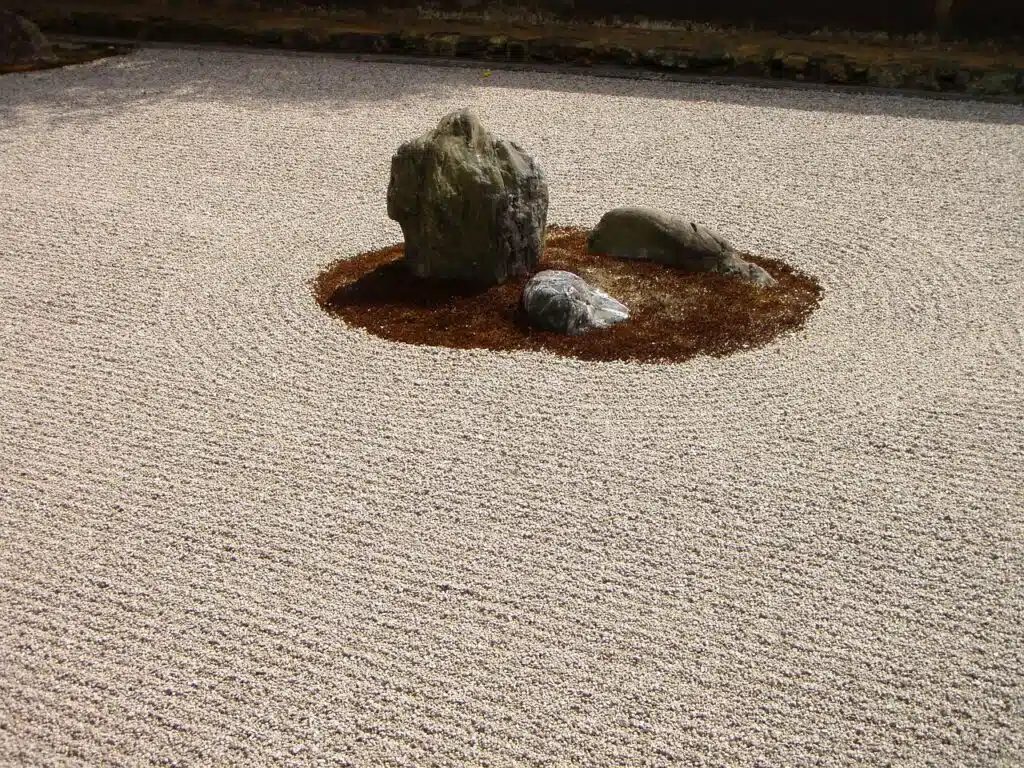
What to See at Ryoan-ji
- The Rock Garden: The centerpiece of Ryoan-ji is its iconic rock garden, often regarded as the finest example of Zen landscaping. The garden consists of 15 carefully placed rocks surrounded by white gravel that is meticulously raked every day. The arrangement of the rocks is designed to encourage meditation, and it’s said that from any vantage point, only 14 of the rocks are visible at once.
- Hojo Building: The Hojo, the former residence of the head priest, is where visitors can view the rock garden from a wooden veranda. The building itself is a fine example of traditional Japanese architecture, with tatami mat rooms and sliding paper doors.
- Kyoyo-chi Pond: Beyond the rock garden, Ryoan-ji features a large pond known as Kyoyo-chi, which dates back to the temple’s days as an aristocratic estate. Surrounded by trees and a walking path, it’s a peaceful spot to explore, especially in autumn when the foliage is vibrant.
- Moss Garden: Adjacent to the rock garden is a smaller moss garden, which provides a contrasting yet equally tranquil space. The lush greenery and small stone lanterns create a soothing atmosphere.
- Tea House: Ryoan-ji also has a tea house where visitors can experience traditional Japanese tea ceremonies. It’s a great way to engage more deeply with the Zen culture of the temple.
Tips for Visiting
- Best Time to Visit: Early mornings or late afternoons are the best times to visit Ryoan-ji, as it can get crowded with tourists during midday. The rock garden is especially serene when it’s quieter, allowing for better meditation and reflection.
- Seasons: Ryoan-ji is beautiful year-round, but visiting in spring or autumn can be particularly rewarding. The surrounding gardens come alive with cherry blossoms in the spring and vibrant colors in autumn. Winter offers a stark, peaceful beauty, especially if the rock garden is dusted with snow.
- Photography: Photography is allowed in the rock garden, but be mindful of others seeking meditation. Avoid blocking pathways or disturbing the peaceful atmosphere with loud shutter sounds. Photos are best captured in the early morning light.
- Reflection and Quiet: The rock garden at Ryoan-ji is designed for contemplation and meditation. Visitors are encouraged to sit quietly and reflect on the simplicity and depth of the garden’s design. Maintaining a respectful, quiet demeanor enhances the experience for everyone.
- Walking the Grounds: Don’t rush through Ryoan-ji. After viewing the rock garden, take time to explore the temple’s grounds, especially the path around Kyoyo-chi Pond. The stroll offers different perspectives of the temple and its relationship to nature.
- Accessibility: While the temple is generally accessible, some areas may be more challenging for those with mobility issues due to gravel paths and stairs. However, the main rock garden can be easily viewed from the wooden veranda.
- Combine with Nearby Temples: Ryoan-ji is located close to other famous temples such as Kinkaku-ji (the Golden Pavilion). Visiting both in one day provides a rich insight into Kyoto’s Zen culture and architectural beauty.
Getting There
Ryoan-ji is easily accessible by bus from Kyoto Station or via the Keifuku Randen tram line. It’s also a short walk from Kinkaku-ji, making it convenient to explore both sites in one visit.
Why Visit Ryoan-ji?
Ryoan-ji is a place of deep spiritual significance and timeless beauty. Its rock garden invites contemplation, encouraging visitors to find meaning in simplicity and silence. The temple’s serene atmosphere, combined with its historical importance and stunning natural surroundings, makes it a must-see destination in Kyoto.

